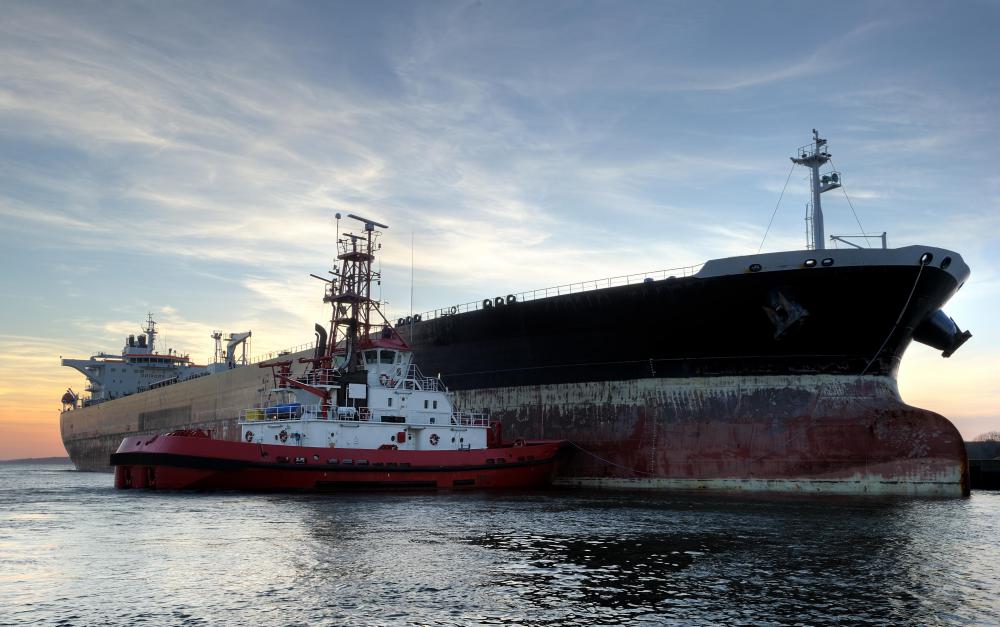At SmartCapitalMind, we're committed to delivering accurate, trustworthy information. Our expert-authored content is rigorously fact-checked and sourced from credible authorities. Discover how we uphold the highest standards in providing you with reliable knowledge.
What are the Best Tips for Crude Oil Trading?
The volatility in the commodities market is an aspect that an individual should understand before plunging into crude oil trading. Equally, the use of both fundamental and technical analysis is highly recommended, whether trading live or in a demo. Thus, a trader should constantly stay abreast of the many factors that influence oil prices, such as global supply and demand, crude oil type, geopolitical events, natural disasters and so forth. Technically, the use of charts and indicators is essential to accommodate different strategies. Additionally, crude oil trading can be executed through various ways, such as futures, contract for difference (CFD) and more.
For an effective crude oil trading strategy, a trader should watch the important information regarding this commodity. He or she should ideally know current production and consumption trends. A trader can access this useful information through many authoritative websites at no cost. Daily global supply should be monitored closely because any disruption can send crude oil prices soaring. In this instance, a trader should get on the buying side of the trade.

At the extreme, a geopolitical event, such as the Arab Oil Embargo of 1973, will likely cut the supply chain and spawn an astronomical rise in oil prices within weeks. Similarly, natural disasters, such as Hurricane Katrina in 2005, can impede supply and result in higher oil prices. Furthermore, a trader can take advantage of oil stocks of companies from the countries with large oil deposits when global demand increases. Therefore, the trader should keep an eye on the global reserve figures. These tend to change when new oil wells are discovered or the advance in technology allow them to be exploited.

A trader should ideally know the two main crude oil types: light and sweet, and heavy and sour. The former is priced higher because it yields many usable products, whereas the latter is priced lower to reflect the lower amount of products it derives. This also is an important factor to consider when trading oil stocks. Companies who are, for example, involved in the production of light and sweet crude oil usually will gain more income than those who produce heavy and sour crude, which becomes reflected in the stock prices.

Technically, a trader can and should learn how to read charts to diagnose the market psychology at a given time. This diagnosis can help him or her identify the likely course that oil prices will subsequently follow. Moreover, price and volume indicators should be vigilantly monitored because they tend to give telltale signs of buying or selling interest. A spike in volume, for example, followed by rising oil prices usually indicates an interest from buyers. This should propel the trader to buy some crude oil in turn.
In crude oil trading, an individual should not pledge allegiance to either the bull or bear side of the market. He or she should follow the prevailing trend, whether it is an uptrend or downtrend. This way, he or she is likely to remain profitable provided that his or her overall strategy is sound. Moreover, a trader should refrain from calling a top or a bottom. He or she should wait for a confirmation that the previous trend has reversed, which should be achieved through constant appraisal of underlying conditions and technical patterns.
Reasonably, in a technical approach, a trader should use approximately three indicators before taking a trade. For example, he or she can identify the key support and resistance price levels. Secondly, he or she can observe the moving averages to determine trend direction. Finally, he or she might consult a momentum oscillator, such as a Relative Strength Index. If all three pieces of information arrive at a similar conclusion regarding the possible following price movement, then entering a position in the right direction would be ideal.
Combining fundamental and technical appraisals in crude oil trading is a judicious choice that increases the chance for optimal results. Also, the trader might choose to trade this commodity through the futures or spot markets, CFDs, exchange traded funds (ETFs), oil stocks or other means. The avenue through which a trader chooses to administer his or her crude oil trading venture will depend on preference and other factors.
AS FEATURED ON:
AS FEATURED ON:













Discuss this Article
Post your comments